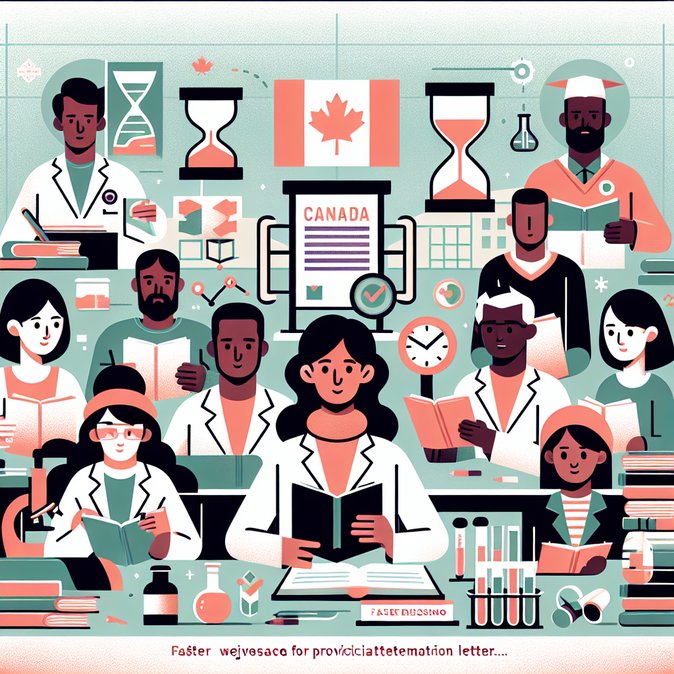
Canada’s decision to remove graduate-level international students from its newly-introduced study-permit quota marks the first major adjustment to the Immigration Levels Plan 2026-2028 unveiled last week. Under the revised policy, students accepted to a public master’s or doctoral program will no longer need a Provincial (or Territorial) Attestation Letter, nor will their permits be counted against the annual national cap of 410,000 study permits.
The exemption is intended to ease concerns raised by universities and research-intensive employers that the blanket cap announced in October could choke off the talent pipeline that fuels Canada’s R&D ecosystem. Although Ottawa is holding firm on reducing overall temporary-resident numbers, officials acknowledged that graduate students contribute disproportionately to innovation and labour-market growth—particularly in science, technology and health care fields suffering from chronic skills shortages.
![Canada exempts master’s and PhD students from federal study-permit cap starting January 2026]()
For institutions, the change offers welcome breathing room to finalize 2026 intake targets and scholarship budgets. Schools had warned that cutting graduate intakes would jeopardise federal and provincial research grants tied to enrolment and risk diverting high-value talent to Australia, the United States and the United Kingdom. Employers in artificial-intelligence hubs such as Toronto, Montréal and Edmonton also feared losing access to a steady pool of research assistants and post-graduation work-permit holders who often transition to permanent residence through the Canadian Experience Class.
Practically, graduate applicants and accompanying family members will benefit from simplified documentation and—under a separate IRCC service standard—two-week processing for doctoral candidates. Immigration lawyers advise prospective students to confirm program start dates and ensure they apply on or after 1 January 2026 to benefit from the exemption; earlier submissions will continue to require an attestation letter. Universities are already updating offer letters, and recruitment agents abroad are revising marketing materials to reflect the new rules.
For multinational employers running Canadian R&D centres or seconding staff for postgraduate studies, the announcement removes an unexpected bottleneck and reinforces Canada’s strategic use of its higher-education system as a talent-attraction tool in a tightening global immigration landscape.
The exemption is intended to ease concerns raised by universities and research-intensive employers that the blanket cap announced in October could choke off the talent pipeline that fuels Canada’s R&D ecosystem. Although Ottawa is holding firm on reducing overall temporary-resident numbers, officials acknowledged that graduate students contribute disproportionately to innovation and labour-market growth—particularly in science, technology and health care fields suffering from chronic skills shortages.

For institutions, the change offers welcome breathing room to finalize 2026 intake targets and scholarship budgets. Schools had warned that cutting graduate intakes would jeopardise federal and provincial research grants tied to enrolment and risk diverting high-value talent to Australia, the United States and the United Kingdom. Employers in artificial-intelligence hubs such as Toronto, Montréal and Edmonton also feared losing access to a steady pool of research assistants and post-graduation work-permit holders who often transition to permanent residence through the Canadian Experience Class.
Practically, graduate applicants and accompanying family members will benefit from simplified documentation and—under a separate IRCC service standard—two-week processing for doctoral candidates. Immigration lawyers advise prospective students to confirm program start dates and ensure they apply on or after 1 January 2026 to benefit from the exemption; earlier submissions will continue to require an attestation letter. Universities are already updating offer letters, and recruitment agents abroad are revising marketing materials to reflect the new rules.
For multinational employers running Canadian R&D centres or seconding staff for postgraduate studies, the announcement removes an unexpected bottleneck and reinforces Canada’s strategic use of its higher-education system as a talent-attraction tool in a tightening global immigration landscape.








